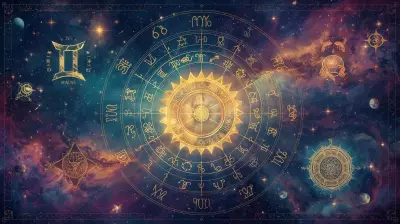
The majestic horse has been an integral part of Indian culture, mythology, and royalty for millennia. From the powerful tales of the Ashwamedha Yajna in the Vedas to their revered status in numerous temples, their presence seems ancient and native. But were horses always indigenous to the Indian subcontinent? This question forms a fascinating intersection of mythology, history, and science.
The Mythological Narrative: A Divine and Ancient Presence
In the rich tapestry of Indian mythology, the horse's lineage is both divine and ancient. Texts like the Vedas and Puranas speak of horses being created from the ocean during the cosmic churning, the Samudra Manthan. The Upanishads contain profound philosophical dialogues about the horse, and the iconic Ashwamedha Yajna, a ritual to establish a king's sovereignty, centered entirely around a horse. This deep cultural and religious integration strongly suggests a native, long-standing relationship.
The Archaeological Counterpoint: A Story of Arrival
Scientific and archaeological evidence, however, paints a different picture. Experts like mythologist Devdutt Pattanaik point to a significant lack of horse remains in the fossil records of the Indus Valley Civilization (c. 3300–1300 BCE). The horse, as we know it, is largely absent from the seals and artefacts of this advanced society.
The prevailing scientific theory suggests that horses were domesticated in the Central Asian steppes around 4000-3500 BCE. Their introduction to the Indian subcontinent is believed to have occurred much later, likely through migrations and trade with cultures from the West and Northwest.
Bridging the Gap: When Myth Meets History
So, how do we reconcile the powerful mythological presence with the scientific evidence of a later arrival? The key lies in understanding the timeline of the texts themselves. The Vedic corpus, which so prominently features the horse, was composed after the decline of the Indus Valley Civilization. This aligns with the period when horses were being introduced to the region.
The horse, therefore, was not a native animal but a powerful, imported symbol. It represented speed, power, and prestige. Its adoption into the cultural and religious fabric of India was so rapid and profound that it retroactively gained a 'mythological' native status. The concept of the Ashwamedha Yajna was less about an ancient native practice and more a declaration of a new, powerful political and cultural order that embraced this magnificent animal.
Key Takeaways:
- Myth vs. Science: Mythology portrays horses as native and divine, while archaeology indicates they were introduced.
- Indus Valley Absence: A notable lack of horse evidence in one of India's earliest civilizations.
- Central Asian Origins: Scientific consensus points to horse domestication outside the Indian subcontinent.
- Cultural Adoption: Horses were so powerfully integrated into society that they earned a 'mythic' native status in texts composed after their arrival.
This exploration reveals a dynamic history of cultural exchange. The story of the horse in India is not one of static native existence, but a thrilling narrative of arrival, adoption, and transformation into an enduring cultural icon.





